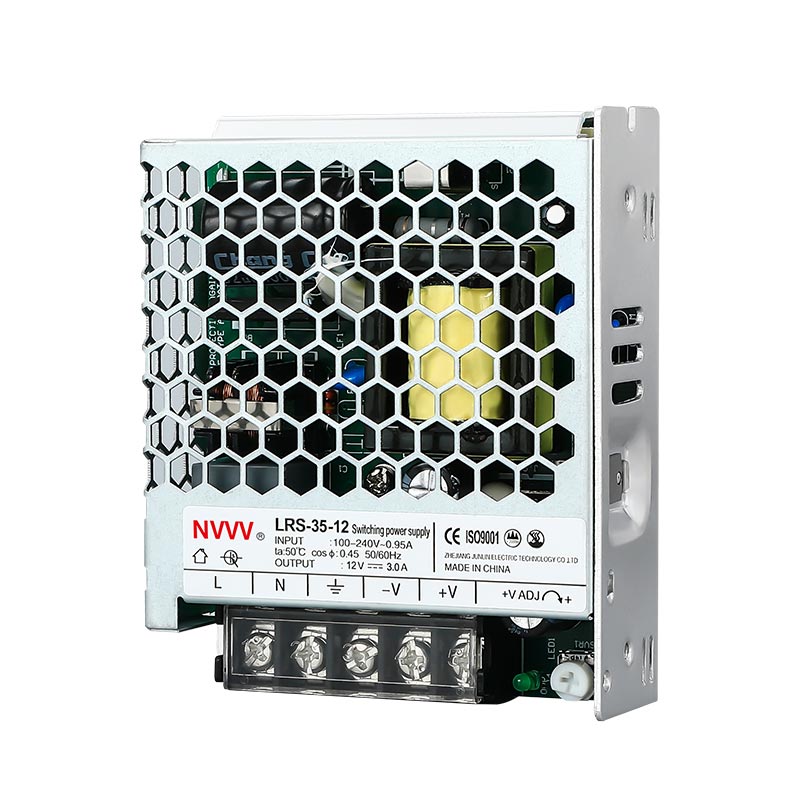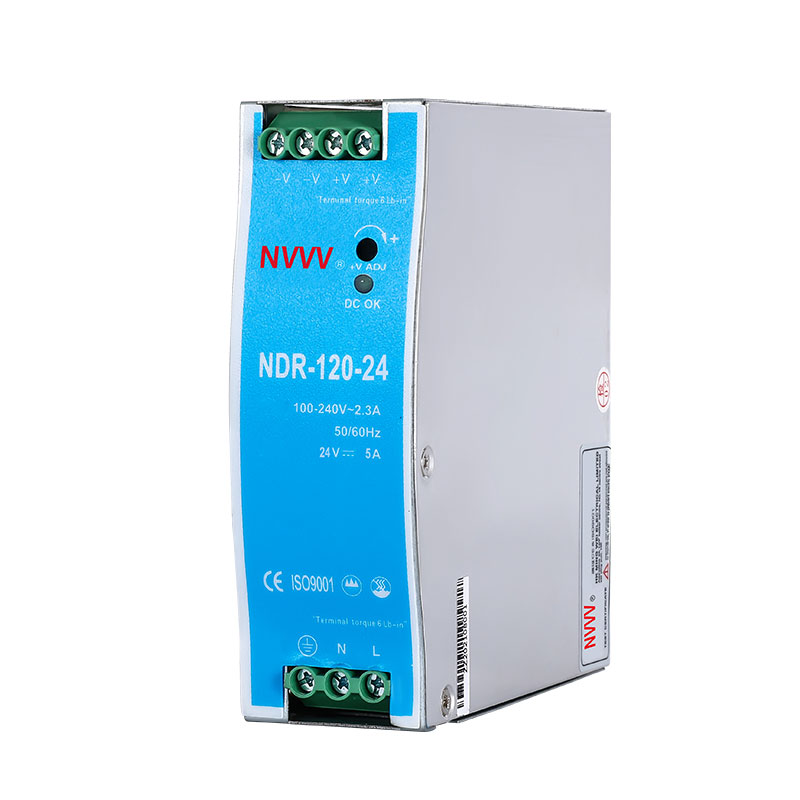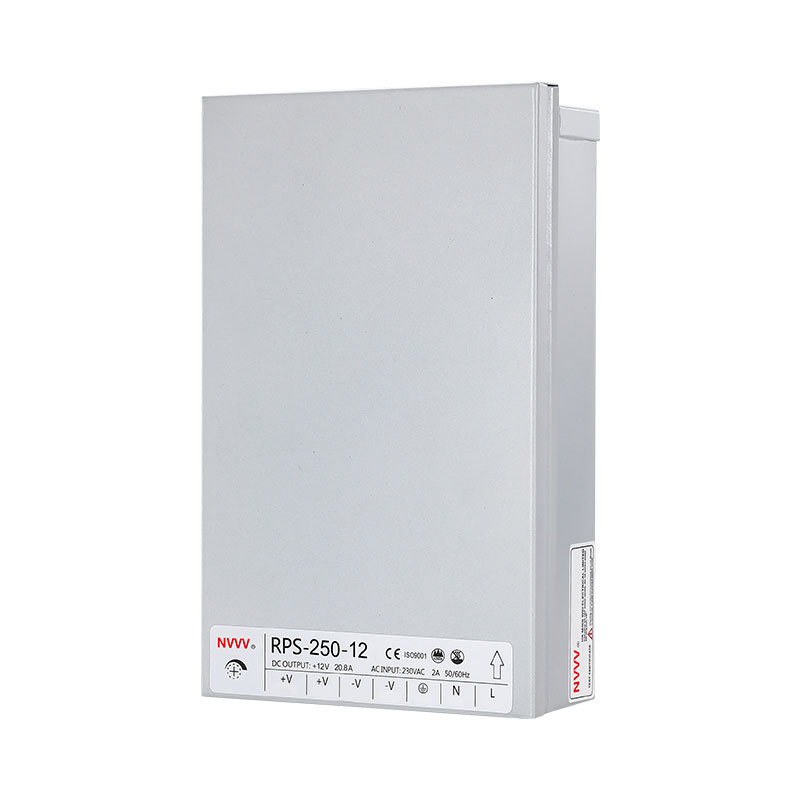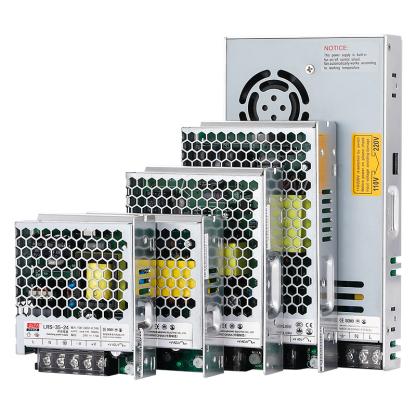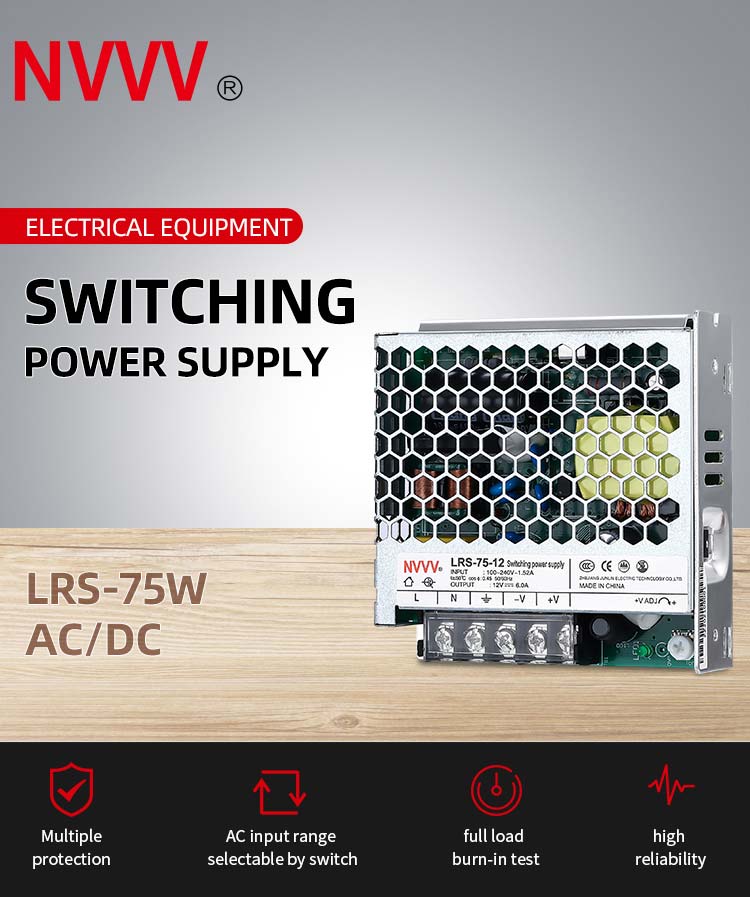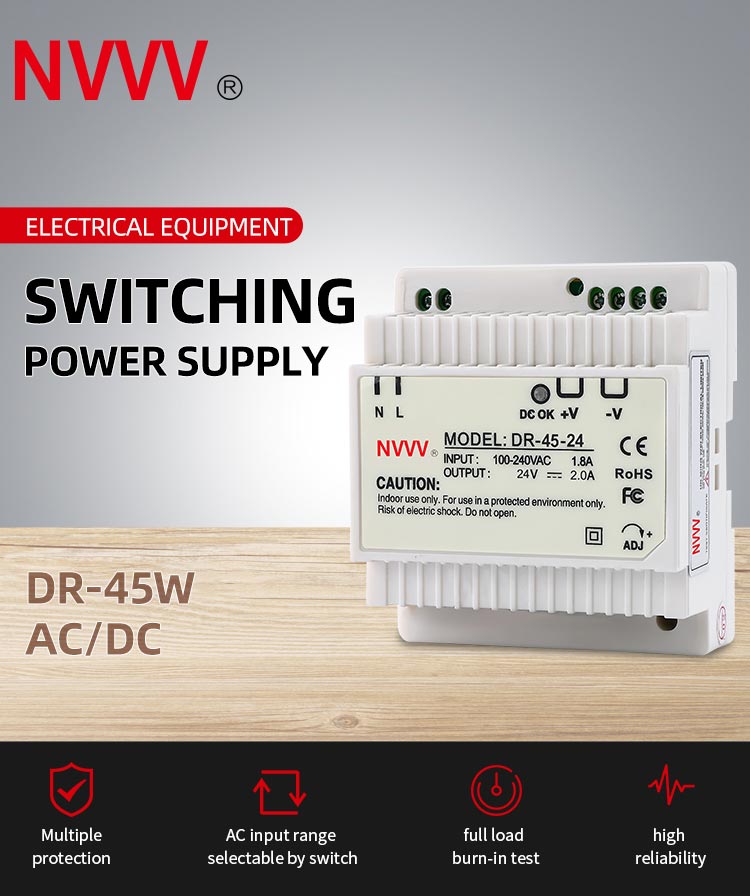Is a Switching Power Supply Better Than a Voltage Regulator?
When it comes to powering electronic devices, the choice of power supply can significantly impact both performance and efficiency. A common question that arises is whether a switching power supply is better than a voltage regulator. To address this, it's essential to understand what each component does and how they compare.
What is Voltage Regulator?
A voltage regulator is a device that maintains a constant output voltage regardless of changes in the input voltage or load conditions. It's akin to a balancing act where the regulator adjusts its internal resistance to maintain a stable output. There are two main types of voltage regulators: linear and switching.
Linear voltage regulators are simpler and produce cleaner output with less electrical noise, which is preferable for sensitive audio or analog circuits. However, they are less efficient because they dissipate excess voltage as heat, leading to potential energy wastage and the need for heat sinks to manage thermal output.
About Switching Power Supply
Switching power supply, on the other hand, operate on a different principle. They convert the input voltage to a high-frequency alternating current (AC), then transform it back to a useful direct current (DC) voltage at the required level. This process involves rapidly turning the flow of electricity on and off to control energy delivery.
The main advantage of switching power supplies is their efficiency. They can handle a broader range of input voltages and convert excess voltage into useful power instead of heat, which makes them more energy-efficient and less bulky since they require smaller heat sinks. This efficiency makes switching power supplies popular in applications where energy efficiency and device miniaturization are critical, such as in laptops and mobile phones.
Comparing the Voltage Regulator and Switching Power Supply
The choice between a switching power supply and a voltage regulator depends largely on the specific needs of the application. Here are a few key points to consider:
- Efficiency: Switching power supplies are generally more efficient than linear voltage regulators, especially under varying load conditions.
- Output Purity: Linear regulators offer a smoother output with less electrical noise, which is crucial for audio, medical, or precision instrumentation.
- Complexity and Cost: Switching power supplies are typically more complex and costly to design and implement than linear regulators. However, their higher efficiency and smaller size can offset these drawbacks in many applications.
- Heat Generation: Linear regulators often require substantial heat sinking, which can be a drawback in compact devices.
Conclusion
Is a switching power supply better than a voltage regulator? The answer depends on your specific requirements.
If efficiency and space are your top priorities, a switching power supply is the way to go. However, if you need ultra-clean power for sensitive electronics, a linear voltage regulator might be the better choice. Understanding the trade-offs between these options will help you select the best power solution for your needs, ensuring optimal performance and reliability for your electronic devices.

